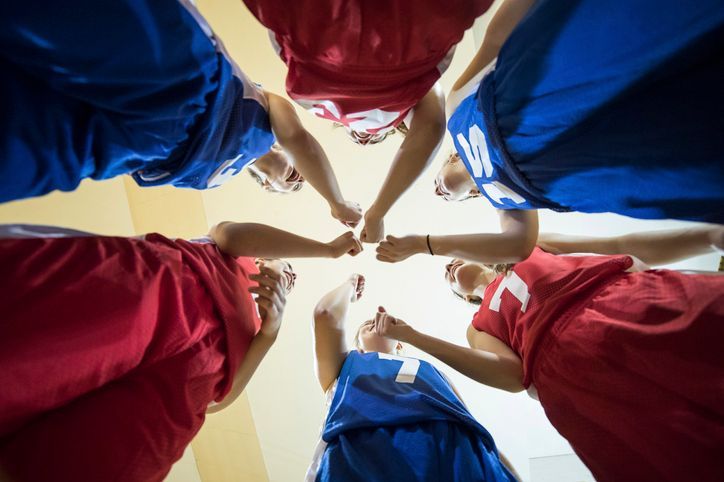This page is licensed under Creative Commons under Attribution 4.0 International. Anyone can share content from this page, with attribution and link to College MatchPoint requested.
Balancing Athletics and Academics: How Student-Athletes Can Succeed in College Admissions
Student-athletes who excel in both academics and sports have an advantage in college admissions, but it's not a guarantee. Strong profiles and passion for the institution can increase the chances of admission. Athletes should also consider their priorities and the specific programs and positions offered before applying for sports scholarships.

Student-athletes are teenagers who are able to combine two different directions in their lives: studies and sports. Athletics may not affect college admissions, but it can boost the application of those who have already achieved their best.'
Recruited
Athletes face competition, and the one with the best test scores and grades gets the offer of admission. Despite this, much attention is paid to college application essay writing.
Priority Full-time Sessions
Universities do not have an unlimited number of sports scholarships. Therefore, athletes with stronger profiles have a better chance of getting into their desired college or university.
Important Considerations
If you decide to play athletics in college, you should consider how much time you can devote to the sport.
When applying to a college, make sure that you are passionate about the educational institution, and not just the athletics program. We recommend researching the specific programs you are interested in, as well as the position you play in a team sport. Create two separate lists, one with institutions where you think you have a chance in sports, and the second one with institutions you consider purely for academic reasons.
Before applying for a sports scholarship, you should weigh your priorities, understand how much time you can continue to devote to professional sports, and understand the nuances of the team and the training style.
Here are some year-by-year tips:
9th Grade
Register with the NCAA or NAIA to familiarize yourself with your options.- Practice your sport.
- Maintain strong academics.
- Schedule time with your club or school coach to assess your level and potential to play in college.
- Attend athletic skills or ID/recruitment camps to improve your technique and showcase your talents.
- Gather footage for a highlight reel from friends, family, or trusted fans.
- Begin assembling your athletic resume.
10th Grade
Update your NCAA or NAIA eligibility center accounts.- Practice, practice, practice.
- Attend skills or ID/recruitment camps.
- Continue to gather video footage, and continue to update your highlight reel.
- Update your athletic resume.
- Maintain strong academics.
- Take the PSAT or Pre-ACT if available.
- Plan to attend summer ID/recruitment camps.
11th & 12th Grades
Finalize your email template to coaches.- Make sure you’re registered with the NCAA and NAIA eligibility centers; send each a transcript at the end of junior year.
- Begin researching colleges that are the best fit for you academically, and maintain an honest list of athletic programs you are confident you can compete in.
- Continue to schedule “reality checks” with your coach. Ask your coach what division would work best for you in college. Do you need more practice? Are you ready to attend more ID/recruitment camps?
- Don’t be afraid to seek out divisions that may be below your level. If you think you’re NCAA DI material, that’s great! But keep seriously looking at DII, DIII, and NAIA or NJCAA colleges. If you’re serious about playing in college, it’s important to make a broad list that spans colleges and divisions of various levels.
- Take the PSAT in the fall of your junior year, then at least one SAT or ACT in the spring of your junior year. Some students may wish to take an SAT or ACT in the fall of senior year as well. While test scores may be optional for certain schools, it’s always a good idea to have test scores ready should a coach request that information.
- Update your athletic resume. Be sure to include upcoming showcases, tournaments, games, and your schedule.
- Update your highlight reel. Junior year athletics often produces the strongest footage.
- If your counselor or coach says you’re ready and at your peak, it’s time to send out footage to coaches. Set a goal of sending your package (email, resume, highlight reel, or link) to a handful of coaches each day.
- Complete recruitment questionnaires for each school you’re interested in. They're found on the Athletics page of most university websites.
- Maintain strong academics.
If you hear back from a coach, follow up politely and quickly. Ask what’s next, and consider scheduling a visit to the college, if appropriate and permitted. New Paragraph


